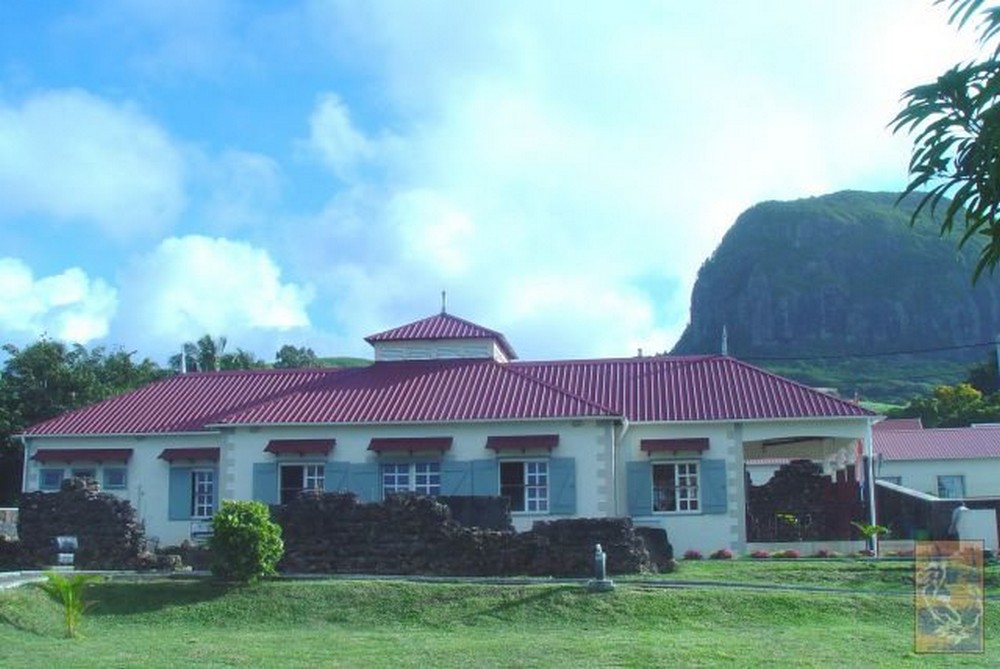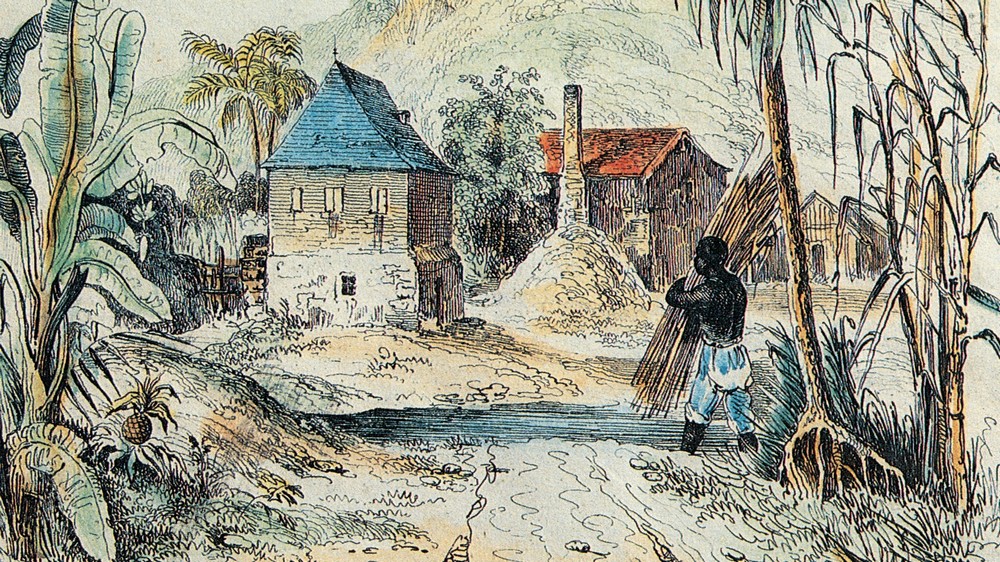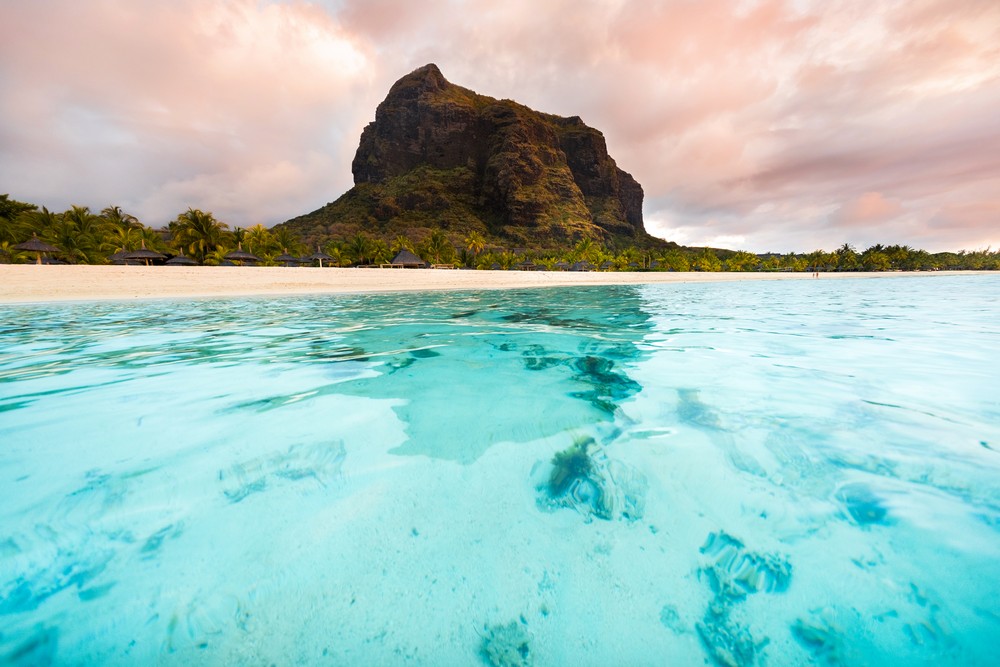Exploring the historical treasures of Mauritius
Immerse yourself in the captivating history of Mauritius as you discover its hidden treasures and iconic sites. Nestled in the heart of the Indian Ocean, this paradise island reveals a rich and diverse past that we are about to explore. Join us on a journey through Mauritius historical landmarks.
Museums
Frederik Hendrik Museum
The Frederik Hendrik Museum, nestled in the village of Vieux Grand Port, offers a fascinating journey through 400 years of French and Dutch colonial history. Housed in an 18th-century French building, the museum bears witness to the Dutch occupation.
At the heart of the site are the imposing ruins of Fort Frederik Hendrik, built by the Dutch in 1698 to protect their interests on the island. The French building houses a pavilion, a prison, a bakery, a blacksmith’s workshop and a church, all of which bear witness to different periods of local history.

Inside the museum, visitors can explore an impressive collection of historic artifacts and fascinating objects discovered during archaeological digs in the area. These discoveries offer valuable insights into the daily life and key events that have shaped the history of Mauritius over the centuries.
Naval Museum of Mahébourg
The museum is housed in the 1772 Château Gheude on Mauritius’s southeast coast, is a living testimony to the island’s maritime history. Formerly the home of the Roubillard family, transformed into a museum in 1950, it houses a rich collection of naval artifacts. Visitors can explore the remains of the naval battle of Vieux Grand Port and discover artifacts from famous ships. The museum also displays bones of the giant tortoise and the Dodo, extinct symbols of Mauritius. A visit to the museum lasts between 1 and 2 hours.
Blue Penny Museum
Opened in 2001, the Blue Penny Museum immerses visitors in the rich and varied history of Mauritius. Right from the start of the visit, the great maritime explorations of the Indian Ocean are illustrated with maps and accounts of Portuguese and other explorers.
The galleries present the old Port Louis of the 18th and 19th centuries through paintings and photographs, offering a perspective on urban evolution. Part of the exhibition highlights the postal history of Mauritius, the first British colony to issue stamps.
The visit concludes with the moving story of Paul and Virginie, from Bernardin de Saint-Pierre’s famous novel, embodying the spirit and charm of Mauritius.
L’Aventure du Sucre
Housed in a former sugar mill, the L’Aventure du Sucre Museum traces over 280 years of history through the various stages of the sugar-making process. Educational tours explore traditional methods of cutting sugar cane and include tastings of over 30 by-products.

Beyond the historical aspect, the museum invites visitors to experience sugarcane juice in a more modern form. In this way, the history and culture of Mauritius blend harmoniously with traditional flavors and know-how, offering visitors a unique and enriching taste experience.
Châteaux and estates
Domaine des Aubineaux
Located in Forest Side, near Curepipe, Domaine des Aubineaux is a colonial house dating from 1872, now transformed into a tea museum. Inside, you’ll discover antiques, photographs and furniture dating back to the days of the East India Company. The former stables have been converted into meeting rooms, stores and distilleries. Local teas are tasted in the former billiard room. The estate is part of the Tea Route, which also includes visits to Bois Chéri and Saint Aubin.
Château du Réduit
Built under the orders of Barthélemy David, successor to Mahé de Labourdonnais, the Château du Réduit lies in a heavenly setting near the village of Moka. Built in 1747 as a refuge from British attack, it was the official residence of the island’s governors and presidents. It features the salon d’honneur for official ceremonies and the salle des fêtes for important dinners.
Château de Labourdonnais
In the north of the island, Château de Labourdonnais is a museum that traces the life of plantation owners in the 19th century. In addition to guided tours of the estate, it houses orchards and a vanilla plantation. It also offers tastings of fruit jellies and homemade jams at the estate store.
Château de Bel Ombre
Nestled in the heights of Bel Ombre, Le Château de Bel Ombre was built by Hajee Jackaria Hajee Ahmed in 1810. Recently restored by the Parisian firm Perrot et Richard, it houses a gourmet restaurant on the first floor and a presidential suite upstairs. Visitors can stay overnight and enjoy breakfast on the terrace overlooking the formal gardens.
Château Mon Désir
In Balaclava, Château Mon Désir is now a renowned gastronomic address. Surrounded by restored ruins and a former corn mill, it offers refined international cuisine.
Demeure Saint Antoine
Near Goodlands, La Demeure Saint Antoine offers an immersive experience, with its many adjoining rooms and colonnaded varangue. The restaurant La Salle à Manger offers traditional cuisine in a historic setting. The rooms have been furnished in the style of the period.
Eureka La Maison Créole
Located at the foot of Ory Mountain, Eureka La Maison Créole is a historic home surrounded by lush greenery. Visitors can explore the authentic Creole house and enjoy typical Creole meals on the terrace.
UNESCO World Heritage Sites
Aapravasi Ghat
A visit to Aapravasi Ghat is a must. Located in Port Louis, this UNESCO World Heritage Site is one of the oldest immigration sites associated with the slave trade. Aapravasi Ghat tells the story of more than 462,000 indentured workers. They came mainly from India (97.5%), but also from China, the Comoros, Madagascar, Mozambique and Southeast Asia. They were recruited to work on the sugar plantations of Mauritius for a period of five years.
Today, you can visit the partial remains of three stone buildings of the original Aapravasi Ghat, consult documentation and artifacts. You can also watch a ten-minute film featuring testimonials from the workers’ descendants.
Le Morne
Listed as a UNESCO World Heritage Site since 2008, Le Morne is an impressive 555-meter-high mountain. Le Morne mountain was a crucial refuge for maroon slaves fleeing the surrounding sugar cane plantations. They sought freedom in its steep slopes and secluded caves. After the abolition of slavery in 1835, Le Morne became a poignant symbol of resistance and suffering.

Le Morne offers spectacular panoramic views over the Indian Ocean, surrounded by lush vegetation. It is possible to climb its slopes with the help of a local guide. The surrounding area is home to remarkable biodiversity, including endemic plant and animal species, attracting nature lovers and hikers alike.
Beyond its historical and cultural significance, the Morne mountain is renowned for its magnificent beaches. The beaches add to its appeal as an emblematic tourist destination in Mauritius.
Mauritius will never cease to inspire you, to transport you through the centuries that have shaped this island and its people. Every visit invites you to discover a cultural and natural heritage of exceptional beauty and depth. Mauritius offers an enriching exploration that reveals the roots of its vibrant and diverse identity.
Mauritian cuisine, a blend of flavours and heritage
Welcome to the enchanting world of Mauritian cuisine. A true crossroads where Indian, Chinese, Creole, French and African culinary traditions…
Mauritius, an exploration like no other
The rich history of Mauritius is a web woven from the threads of different eras, each period bringing its own…
Tourism in Mauritius: new perspectives for a sustainable growth
The tourism sector in Mauritius has been the subject of significant measures in the 2024/2025 budget, reflecting the strategic importance…
Holiday rentals in Mauritius
You’ve finally decided to treat yourself to a well-deserved vacation in Mauritius! Now the next crucial step is to find…
Holidays with friends in Mauritius: A guide to unforgettable adventure
Imagine yourself and your friends soaking up the sun on heavenly beaches, exploring breathtaking landscapes and immersing yourself in a…
Last minute holidays to Mauritius
Do you feel overwhelmed by the daily grind? Or even dreaming of escaping the dullness and hustle and bustle of…
Top 5 experiences in Mauritius
In Mauritius, you have every opportunity to admire the island from every angle. Your playground begins on land, extends to…
- « Previous
- 1
- 2
- 3
- 4
- Next »







